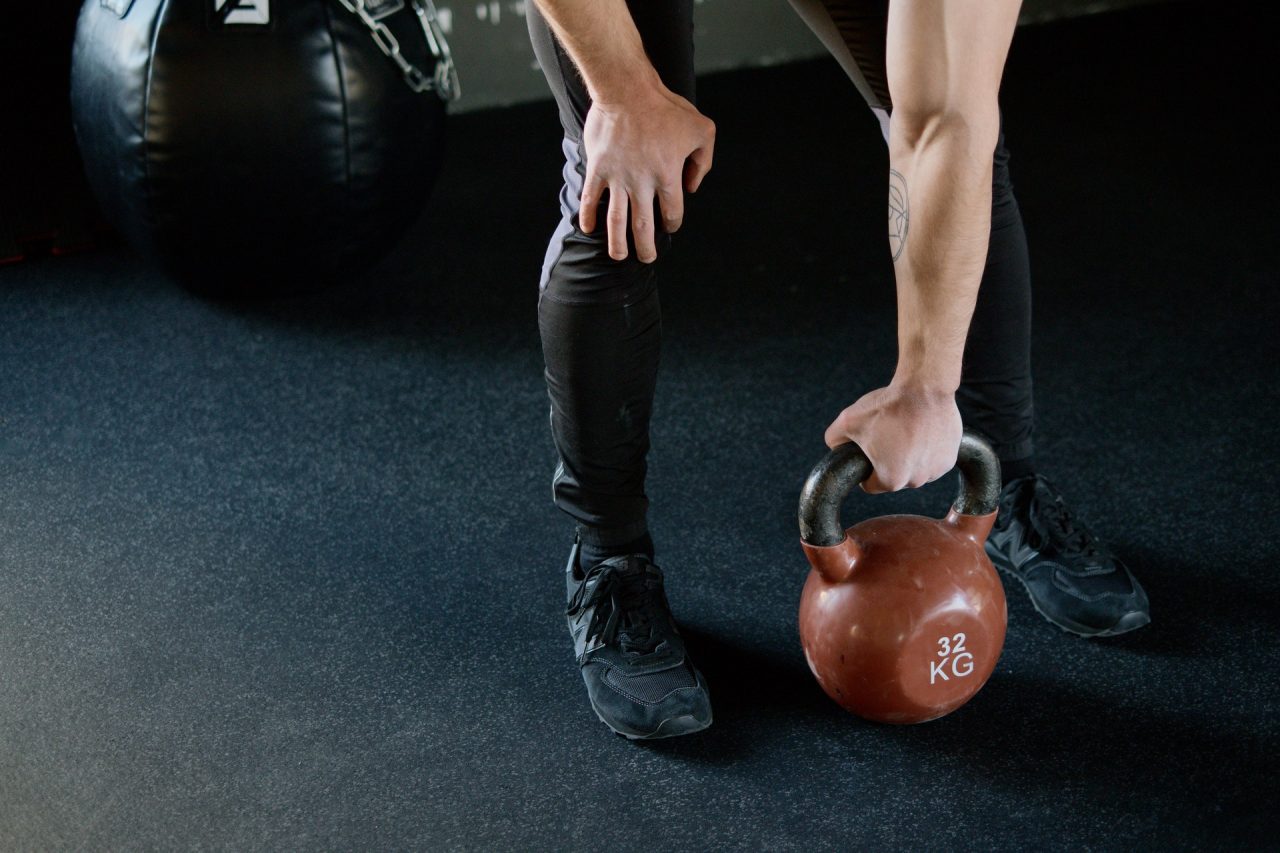Spiering et al have a 2023 publication in the Journal of Strength and Conditioning Research that looked extremely interesting to me. The study was titled “Maximizing strength: The stimuli and mediators of strength gains and their application to training and rehabilitation.” The authors begin by pointing out that it is important to understand all of this because there are situations where we need to maintain strength but do not have ideal situations and equipment to do so. Their examples are the military when on deployment and sports teams when they are traveling. In both situations there is a lack of access to familiar equipment (or any equipment) and the environments may not be ideal for training.
In this article, the authors conduct a literature review. The article is broken down in looking at what strength gains require, what impacts strength gains, and finally, future directions.
According to the authors, to make gains in strength one requires:
- Mental effort: In their review, the authors found a study that provided evidence that imagined contractions in the absence of real contractions increase strength and produce physiological adaptations (“CNS adaptations”). However, the reference for this is itself a meta-analysis and not an interventional study. This is the first time I’ve seen this kind of stress on mental effort to increase strength. I’m always leery of the phrase “CNS adaptations” because this is really challenging to define and measure.
- Maximal neural activation: It’s unclear what the authors mean here. Is it 100% recruitment? Does that ever happen? The authors do not define this in the paper. The authors mention that maximal strength training leads to Increased firing rates and to motor units discharging twice in rapid succession. However, this is not the same as “maximal neural activation.”
- Forceful contractions: Point out that concentric/eccentric actions are necessary, but have to be combined with other things to be effective (for example, walking doesn’t increase maximal strength). Those other things include mental effort, range of motion, and metabolic stress.
- Full range of motion (ROM): Strength is specific to the ROM trained. Nothing new here!
- Muscular metabolic stress: Defined as the depletion of energy substrates and accumulation of metabolic by-products. The authors point out that we don’t know if metabolic stress stimulates muscle growth/strength. Then they take an interesting direction in the paper and go on to promote blood flow restriction with low loads, saying that blood flow restriction increases metabolic stress and strength gains even with low loads.
According to the authors, the following things mediate strength gains:
- The dose: The authors point out that to train to improve maximal strength we should do 1-5 reps for 2-3 sets. They point out that there are diminished strength gains with more than 3 sets.
- Minimal fatigue: By this they mean that when training for maximal strength, sets should begin when the athlete has had a chance to recover to minimize fatigue. They recommend 2+ minutes recovery between sets, prioritizing the strength exercises (near the beginning) and avoiding endurance exercises prior to a maximal strength workout.
- Optimized recovery: Training does not enhance strength. Rather, recovery from training + subsequent adaptation to resistance training enhances strength, so this is a big deal. It’s also very individual and poorly understood.
- Periodization: The authors recommend using a periodized approach and provide a rehash of supercompensation, which is outdated. It is interesting because Sports Medicine spent an entire issue on how periodization is outdated, supercompensation is based upon Seyle’s theory of stress and adaptation which is outdated as well (though strength and conditioning as a field hasn’t kept up with this), see below for more:
Finally, the authors provide some thoughts about future directions:
- Supplemental activities: Basically the authors cover the importance of eccentric training and how this should be included in maximal strength training. They point out that there are many ways to do this from lifting concentrically bilaterally to lowering eccentrically unilaterally, purchasing special equipment (weight releasers), etc.
- Optimizing recovery: The authors talk about (which I like) the need to individualize training because not only do we all respond differently, but different exercises/training loads/etc. require different recoveries. This is where I’d like to see the field go in terms of research.
Finally, the authors have some recommendations:
- No load training: This does not require equipment and in a rehabilitation setting does not put mechanical stress on an injured limb. The authors are referring to mental effort, blood flow restriction, and contralateral limb training (obviously more of a rehab setting than in a team travel or military deployment setting).
- Low load/high effort: Low load/high effort (think move explosively with light loads) could lead to strength increases. If so this would be an effective way to maintain in difficult situations.
- Mental imagery
Any time I read these types of studies, I think “How will I use this with 50 high school football players in the weightroom at one time?” With that in mind, here are some thoughts:
- It’s probably time for the strength and conditioning field to move on from things that “sound good” like periodization. I understand a lot of careers are tied up in being experts on it, but it was based on pedagogy principles (i.e. learning outcomes) and not science. It has then become dogma, we’ve made up science to make it sound plausible, and it ignores so much about people. Regrettably athletes are not spreadsheets, this would be much easier if they were!
- Things like blood flow restriction, weight releasers, and mental effort would work better in an elite athlete setting, small group setting, or 1:1 training setting. Can’t do this in a team environment.
- I do like the low load/high effort recommendation, this warrants thinking about. If your team travels to another city it may not have access to more than the bands and medicine balls that the strength and conditioning coach was able to bring – this also applies to military or first responder units being deployed.
- Especially with higher level and professional athletes, we do need to seriously look at optimizing recovery. Fred Hatfield wrote a book years and years ago recommending different recovery schemes based upon what was trained (legs took x amount of days, chest x days, etc.). While this was the infancy of this idea, it’s relevant. Training with a high CNS stress is going to require longer to recover, different athletes require different times to recover, etc. This could get deliciously complex! Now, beyond some general guidelines this isn’t going to work very well with 50 high school football players, but this would be important at the highest levels.
Spiering, B.A., Clark, B.C., Schoenfeld. B.J., Foulis, S.A., and S.M. Pasiakos. Maximizing strength: The stimuli and mediators of strength gains and their application to training and rehabilitation. Journal of Strength and Conditioning Research, 37(4), 919-929; 2023.



